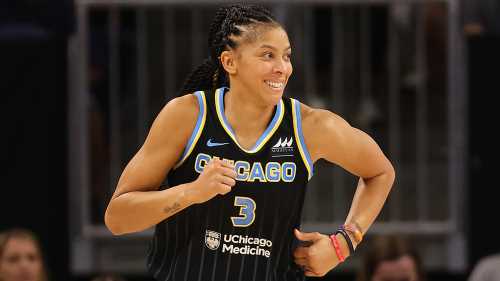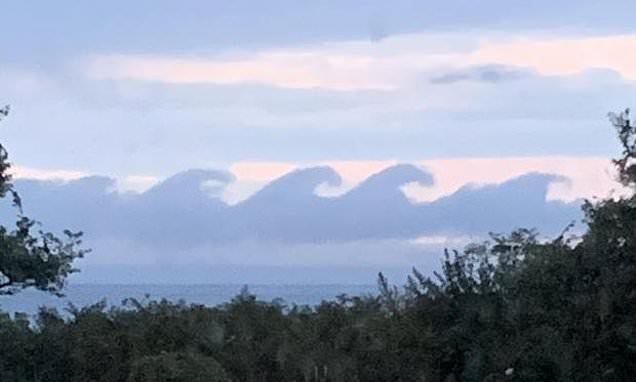ESPN’s “SportsCenter” has long seemed like a bastion of guy TV. Not tonight.
When ESPN viewers tune in to the 11 p.m. edition of the long-running sports-news program, they may see something a little different. The entire hour-long program will be anchored by women. ESPN die-hards will “see what’s important” in the world of sprots, says Carrie Brzezinski-Hsu who oversees ESPN CreativeWorks, which helped design the format.
But there will be a few twists as well. Behind the scenes, female producers in the show’s control room will juggle all the action. And interspersed between the reports will be vignettes and live commercials for the financial-services firm Ally, which recently struck a sponsorship deal with Disney that calls for 90% of its spending to be placed in support of women’s sports.
“The game has changed recently,” says Stephanie Marciano, Ally’s head of sports and entertainment marketing. “We are not talking about the athletes. We are talking about everything around the game – the business, the economics of the teams.” With more attention being paid to women’s sports leagues and teams by investors and with the spotlight widening on female athletes such as the University of Iowa’s Caitlin Clark or the Seattle Storm’s Breanna Stewart. With that in mind, she says, fans tend to view advertisers that buy time in women’s sports as helping to build it out – and seem appreciative. “We are seeing a tremendously loyal fan base that understands brands investing are helping.”
Big sports-media outlets have given the bulk of their attention to games dominated by male athletes and owners. As streaming-video disrupts the traditional economics of entertainment, however, some media companies are putting a new focus on female sports, hoping that these games can draw bigger crowds – and the money that would presumably come with them. Advertisers put more than $18 million against ESPN’s NCAA women’s basketball tournament, playoffs and championship, according to Vivvix, a tracker of ad spending. Top advertisers included Nissan, Capital One and Unilever’s Degree deodorant.
Besides, female athletes are doing all the things their male counterparts do. “A lot of the space that has historically been reserved for men is now being taken up by women, who are talking smack,” says says Susie Piotrkowski, vice president of women’s sports programming for the company. “People are starting to recognize the product is OK to consume even if you are a man. For a really long time, part of bhe perception of women’s sports was that it was only for women or little girls. We know that is not true.”
Other media and marketing heavyweights are aware of the dynamic. During negotiations for advertising time in Telemundo’s recent telecasts of the 2023 FIFA Women’s World Cup, executives at the network’s parent, NBCUniversal, pressed for pricing that was on par with what the men’s event would fetch, according to a person familiar with the matter. Meanwhile, Yum Brands’ Taco Bell has created a series of streaming-video halftime concerts aimed to play off several matches in the FIFA women’s tournament.
But Disney has the most at stake. ESPN, which was recently made its own stand-alone division under Disney, with its financials more transparent, has held rights to telecast WNBA games for more than two decades. This year, the league’s all-star game was broadcast in primetime on ABC for the first time. ESPN produces more than 33,000 live hours of women’s sports each year, says Piotrkowski Her hope is to boost other sports so that they generate interest now being accorded to the women’s Final Four and the WNBA. “Does flag football have a future?” she asks, noting that lacrosse and women’s tackle football could also represent opportunities.
There is also hope of being able to expand existing coverage of such things as the WNBA, says Sara Gaiero, the coordinating producer of ESPN’s coverage of the league. She’d like to be able to have a pre-game show before each game she says, and make off-season coverage of WNBA players more prominent. “If we could find ways to have more consistent coverage of the league from top to bottom, I think that would be great,” she says.
Disney recently unveiled an initiative called “Level Up” that aims to help advertisers devise creative ways to use the ad time available around women’s sports, says Deidra Maddock, vice president of sports brand solutions for ESPN. Many sponsors often look to dig deep into one sport, she says; the new initiative aims to help them advertise in many different games while cultivating a big audience.
.Getting into women’s sports requires a little creativity, says Marciano. One reason for creating the bespoke “SportsCenter” is duet US Banc is a big sponsors of WNBA games, blocking out rival Ally’s ability to spend big on ESPN’s coverage. She expects to put similar ideas into practice in the future, betting that fans will flock to all sports no matter the gender of the players running up the score.
Read More About:
Source: Read Full Article


